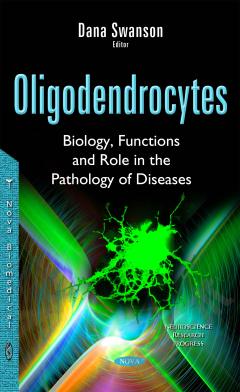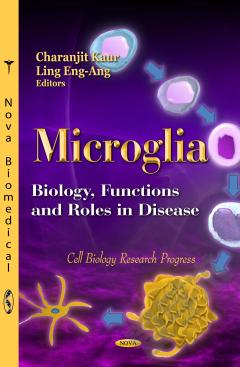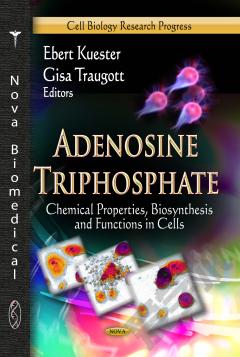Mast Cells: Phenotypic Features, Biological Functions and Role in Immunity
Resident mast cells are uniquely positioned in multiple organ systems at either the tissue and/or external environment or located near nerve endings and/or blood vessels. These locations allow the mast cell to serve as a sentinel and thus play a critical role in not only inflammatory situations to promote recruitment and infiltration of other immune cells, but also homeostatic maintenance. Although mast cells have several conserved characteristics, the authors provide evidence that the micro-environment influenced differences in the phenotype of tissue-specific mast cells, control the various responses to injury, inflammation and remodeling. This book brings together the work from experts across multiple tissue/organ systems and inflammatory causes (viral, bacterial, and autoimmune) to present the most up to date knowledge regarding the role of mast cells in these regulatory and disease events.
{{comment.content}}








 京公网安备 11010802027623号
京公网安备 11010802027623号